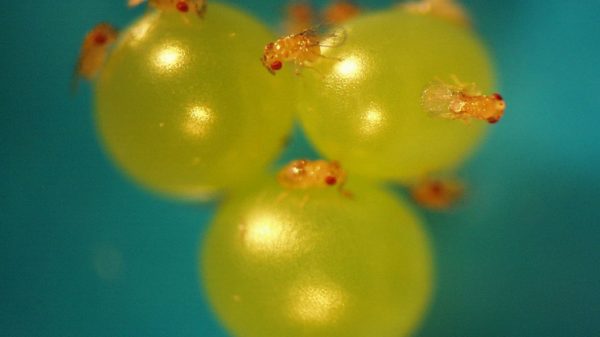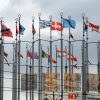Participants did not need additional noise to concentrate
For decades, autism research has focused on behavioral, cognitive, social and communication difficulties. These findings showed how people with autism face problems performing everyday tasks. Some difficulties may include recognizing emotions or social cues.
 Photo: freepik.com< /span>
Photo: freepik.com< /span>
Autism is a neurodevelopmental disorder associated with certain experiences and characteristics.
But some studies, including a new one, have found some benefits for autism. The analysis showed that autistic people cope better with some cognitive tasks than people prone to allysia, that is, those who do not suffer from autism. Autistic people may be more successful at recognizing a simple shape embedded in a more complex design, arranging blocks of different shapes and colors, or identifying an object in a cluttered visual environment. This increase in performance has been documented in children as young as nine months of age who are showing early signs of autism.
How and why do autistic people perform so well on these tasks? The answer may be surprising: more “neural noise.”
“Typically, when you think of noise, you probably think of auditory noise, the fluctuations in the amplitude of the sound frequencies that we hear. A similar situation occurs in the brain with random fluctuations in neural activity. This is called neural noise,” the researchers explain.
This noise is always present and is accompanied by any brain activity caused by what we see, hear, smell and touch. Sometimes the brain is more active, sometimes less. In fact, even the response to one stimulus or event will constantly change.
Scientists say there are many sources of neural noise in the brain. These include, in particular, how neurons fire and calm down again. The allistic brain has mechanisms to manage and use this noise. For example, cells in the hippocampus, the brain's memory system, can use neural noise to improve the encoding and memory of information.
Evidence of high levels of neural noise in autism can be seen in electroencephalography (EEG) recordings, where children with autism showed increased levels of neural oscillations. This means that their neural activity is less predictable and exhibits a wider range of activity in response to the same stimulus.
“Simply put, if we represent EEG signals as a sound wave, then we expect to see slight ups and downs in the autistic brain every time it encounters a stimulus. But autistic brains seem to exhibit greater peaks and valleys, showing greater amplitude of neural noise,” the experts say.
The diagnosis of autism has a long clinical history. The shift from a medical model to a more social one has also led to it being seen as a difference rather than a disorder or deficit. This change has also impacted autism research. Neuroaffirmation research can highlight the uniqueness and strengths of neurodiversity.
Psychology and perception researcher David Simmons and his colleagues at the University of Glasgow were the first to suggest that while high levels of neural noise are typically a disadvantage in autism, it can sometimes be beneficial due to a phenomenon called stochastic resonance. According to this theory, high levels of neural noise in the autistic brain may enhance performance on some cognitive tasks.
Researchers conducted two letter recognition experiments (one in the lab, one online) in which participants had to identify letter displayed against a background of visual noise of varying intensity.
Using statics, they added additional visual noise to the neural noise already present in the respondents' brains.
“We hypothesized that visual noise would push participants with low levels of intrinsic brain noise or with autistic traits to perform better as suggested in a previous stochastic resonance study. A more interesting indicator was that noise would not help people who already had a lot of brain noise, since their own neural noise was already producing optimal performance,” Simmons explained.
One experiment showed that people with high levels of neural noise did not benefit from additional noise. Moreover, they showed better performance and greater accuracy compared to people with low neural noise when the additional visual interference was low. According to the scientists, their own neural noise has already caused a natural stochastic resonance effect, which has led to increased performance.
























































Свежие комментарии